What is lens calibration? And how do you use it? We give you the answers and walk you through the steps! After a long day of shooting, the most frustrating thing is finding blurry images. If this happens across multiple images, it might not be your focusing skills.
You might have a focus misalignment issue in your DSLR camera or lens. So it would be best if you calibrate your camera. This ensures your lenses can focus on a subject correctly. But don’t worry. In most cases, this is an easy process you can do in-camera.
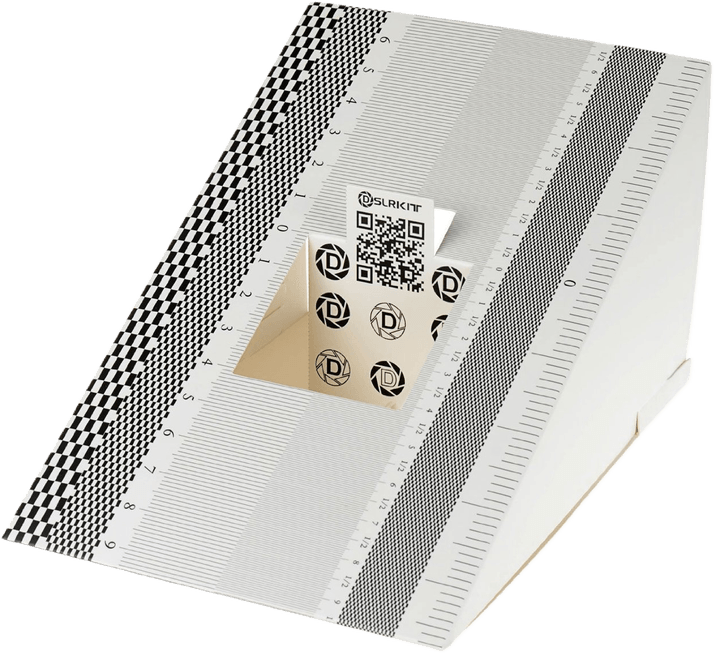
The first thing you need to understand is how autofocusing works in DSLRs. In a DSLR, there are (at least) two separate sensors—one for imaging and a secondary one for autofocusing.
There are also mirrors that direct the light either to our eye or to the imaging sensor. By default, the mirrors are engaged. A part of the incoming light hits the secondary sensor. And the rest travels up through the viewfinder to your eye.
Press the shutter button halfway to autofocus. The secondary sensor interprets the light and instructs the lens to focus in a certain way. It uses a technology called phase detection. When you take a picture, the mirrors rise. And all light hits the primary (imaging) sensor.
One important note. This process doesn’t check if the resulting shift places the subject in focus. Because it can’t, by design.
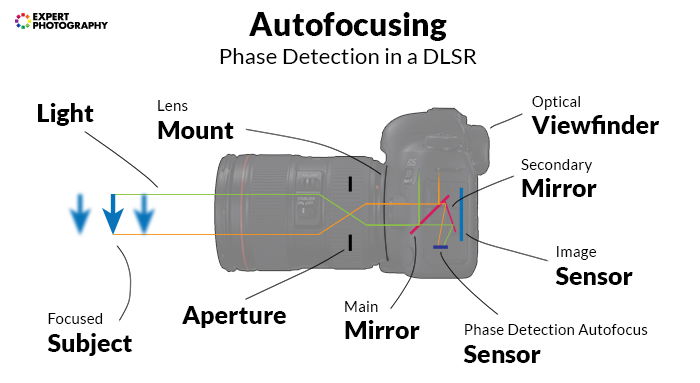
The problem arises when the two sensors are misaligned. In this case, something in focus on the autofocus (AF) sensor will not be focused on the imaging sensor. Your final photo will show a shift in focus. It will be blurred where it should be sharp.
Also, some parts in your lens may not be exactly aligned with the required factory standard. This can also result in misinterpretation by the focusing sensor.
In both cases, you need to calibrate (or micro-adjust) your camera and lens. This ensures they work perfectly together. This process is an autofocus micro-adjustment. It tells the camera how to interpret the secondary sensor’s results… in a different way than the default.
Note that you only have to do this in DSLRs. Mirrorless cameras cross-check focus at the end of the focusing process. So they are not prone to misalignment problems.
But some mirrorless cameras offer lens calibration. It makes autofocusing quicker with adapted lenses in Sony and Nikon cameras.
Lens calibration should be done if you notice consistent camera misfocusing issues. That’s either with a specific lens or all lenses. You should check if they are calibrated correctly.
The chances of having to do it are low if you buy everything brand new and at roughly the same time. But it’s much more likely if you use older lenses with new camera bodies or vice versa. Or it’s more likely if you get your gear second-hand after years of use.
You should also re-check your lens and camera if you drop them. There may be no sign of damage on the outside (these things are tough!). But some parts can become misaligned.
Remember that you may need to calibrate your lenses again after buying a new camera. The new camera is unfamiliar with the optical lens adjustments you made (and it might not be spot-on). So it would be best if you calibrated them again.
Once you calibrate the lens, you usually don’t need to do it again. Your camera stores a “preset” that remembers the adjustments of any particular lens.
The presets are useful because no two optical devices have the same adjustments. For instance, you can save your calibration for an old 50mm lens. And you can store another preset for an 85mm lens.
The methods of saving your adjustments vary from one manufacturer to the next. Consult your manual to help you figure out the process.
For my Nikon D850, I can find this feature under the AF Fine-Tune menu. After calibrating a lens, I visit List Saved Values to save my adjustments. (You’ll learn more about this later).
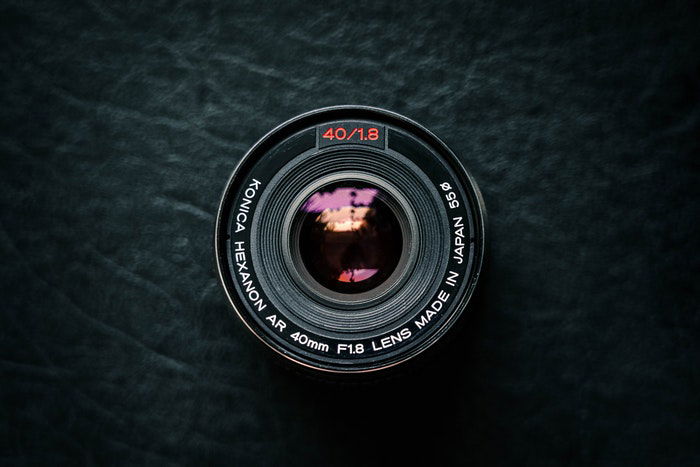
When most people hear the word “calibrate,” they think it’s challenging. But lens calibration is effortless. Even so, this process needs a lot of attention. So make sure the calibration on your camera lens is precise and accurate.
Apart from the calibrator, you don’t need special tools to do calibrations. All you need, for the most part, is to push a few buttons and a lot of patience.
Focus using the viewfinder, not Live View. That’s because Live View focusing is an entirely different thing. The focus in Live View always yields sharp results if the subject is stable. It uses the imaging sensor to grab focus instead of the dedicated autofocus sensor.
So without further ado, let’s get on with the step-by-step process!
The first thing you need to do is find a lens calibration chart or focus pyramid. It works best with a few minutes in a quiet environment. You can get a lens calibration chart at a reasonable price. There are more expensive options. But this works well for focusing lenses.
We used the DSLRKIT Lens Focus Calibration Tool. And it works perfectly. You can also use a regular ruler if you don’t have a focus calibration tool. The only downside is that it may not be as precise as the commercially available options.
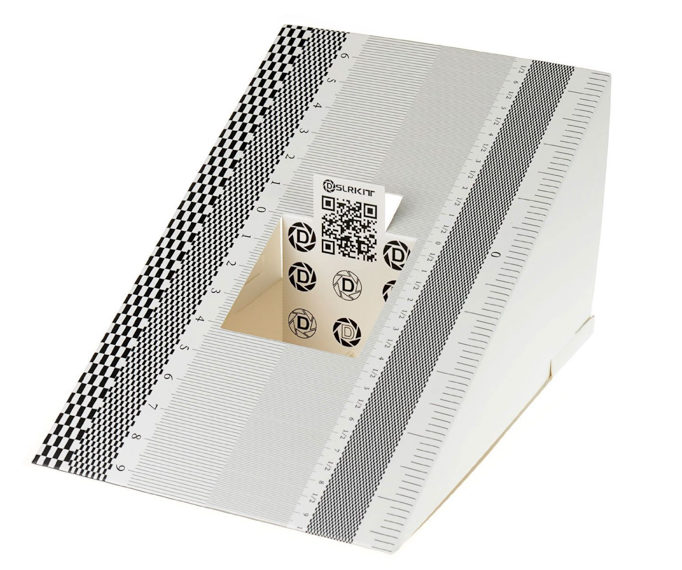
Set your camera on a tripod or a flat surface to calibrate your lenses. It can be a table. Then ensure both the camera and ruler are level. They should be exactly perpendicular and at the same height.
Next, place the focus pyramid on a level surface a few feet from your lens. It doesn’t matter if it is six or ten feet away. The correction is universal to all distances.
Now set the lens to the widest aperture to get the shallowest depth of field. Doing so makes it easier to determine if your lens is focusing accurately.
While using the viewfinder, autofocus on the crosshair at the center of the ruler. It should be your center focus point. After that, take a photo.
As mentioned, if you don’t have a calibrator, you can adjust your autofocus with a ruler. All you have to do is place a white poster board on a low table or the floor.
Next, draw a horizontal line in the middle with a pen or a pencil using your ruler. It doesn’t have to run through the entire length of the board. Two to five inches should be enough.
Now choose a number in the middle of your ruler and align it with the line. For our example, we’ll use the 15 cm mark. Remember that the ruler needs to be vertical, and the line should be horizontal. And the line you draw has to line up perfectly with the 15 cm mark on the ruler.
Now mount your camera on a tripod and point it down toward the board. Look through your viewfinder and ensure that the ruler and the line are in the frame.
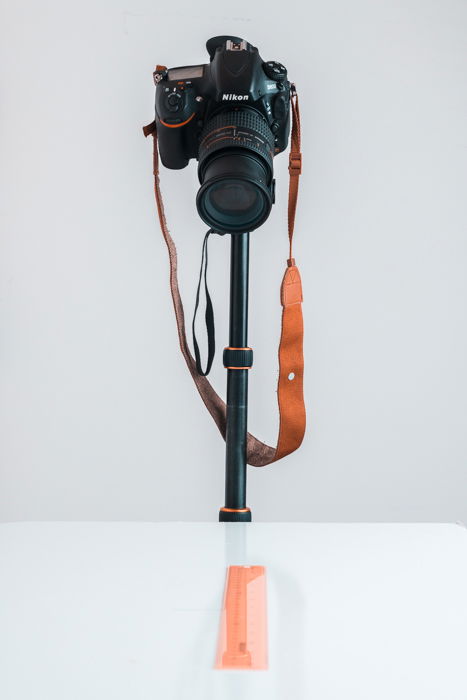
Set your camera to Aperture Priority mode and choose your widest aperture. For my 28-85mm lens, it was f/3.5. The narrow depth of field allows you to better pinpoint the sharp and blurry parts in the image.
During this process, don’t turn on your Live View. It doesn’t always focus accurately. Instead, only use your viewfinder. Use your autofocus and target the middle of the line on the poster board. After you lock your focus, take a picture.
After you press the shutter, review the photo you took. Feel free to zoom into the image to help you better examine the details.
The concept behind this method is the same as using a standard calibrator. If the 13 or 14 cm marks are sharper than 15, you have a back focusing problem. If 16 or 17 are sharper than 15, you have a front-focusing problem.
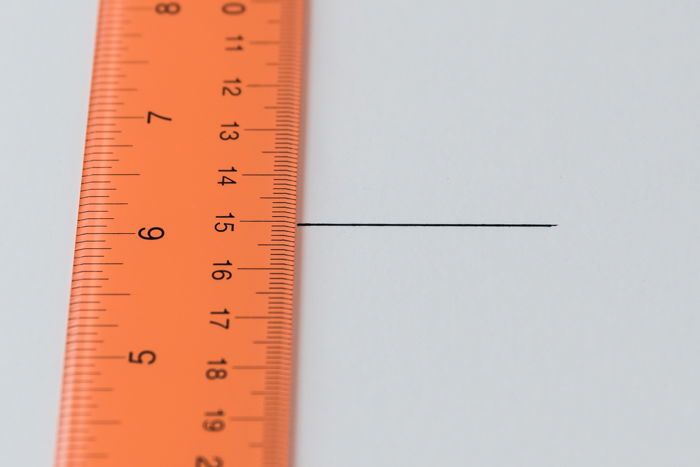
Now the next step is a bit tricky. You must guess how much you want to adjust the fine-tuning. You need to go down if you have a back-focusing problem. If it’s front-focusing, you need to go up. But by how much? You have to eyeball it.
Getting the 15 cm mark to look sharp will take a few tries. But once you nail the focus, you’re good to go!
After you take a photo, inspect the photo to see if focusing is accurate. We recommend doing this on a computer since you can see better on a bigger screen. If you want, you can even tether your camera during this process.
Tethering means connecting your camera to your computer. You can take pictures remotely and view them directly on your screen. For this, you need to do the following:
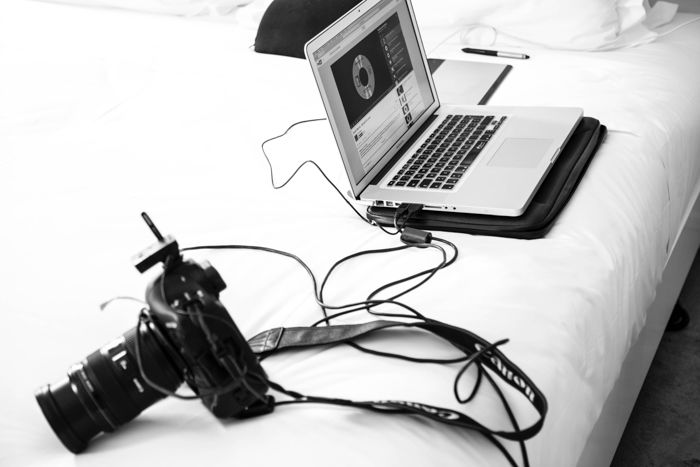
After Lightroom recognizes your camera, you’re ready to start shooting. You can either press the shutter button on your device or click on the virtual shutter button that appears in Lightroom.
After you take a photo, it then appears in Lightroom. Review the image to see if everything is sharp. Feel free to zoom into the picture.
If focusing is accurate, the lens calibration chart’s zero should be the image’s sharpest point. The other numbers should get blurrier as you move away from the zero.
If any number above zero is sharper, your lens is doing something called back focus. If any number below zero is sharper, you have a front-focus issue.
In either case, you need to correct your lens for sharp focus. You do this using the autofocus micro-adjustment parameters on your camera body. Adjust until you can get the sharpest picture at zero on the ruler.
On Nikon cameras, you need to look for the AF Fine-Tune menu in the camera settings. You find this by clicking on the Menu button and selecting the wrench.
When you click on this setting, you’ll find some adjustable parameters. Ensure the AF Fine-Tune is ON. Here, you only want to change the Saved Value.
As mentioned, your camera remembers the changes each time you place that lens on your camera. So you only need to use the focal lens calibration once for each lens.
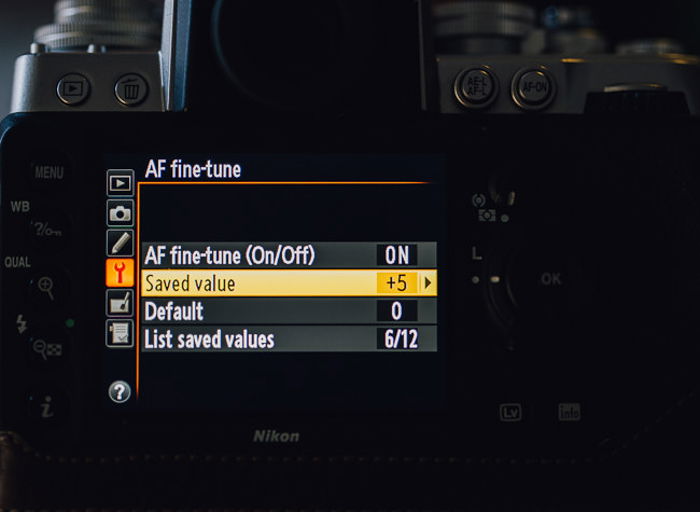
For Canon Cameras, start by accessing the menu. Then scroll to the Function area and the Auto Focus settings. Make sure you enable the Autofocus AF Micro-adjustment.
Use the Adjust By Lens values to correct and fine-tune your focus. And that’s it. AF calibration is complete. You should be set and ready to shoot. Do this for every lens and then again if you have multiple cameras.
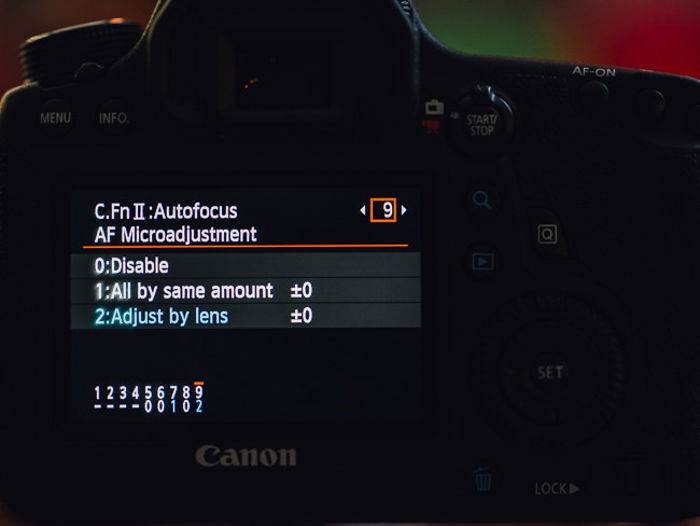
For other camera brands, I suggest you consult their camera manuals. Then follow the instructions to calibrate the lens. The menu items and the names may be different. But for the most part, the process should be similar.
The good news is that lens calibration isn’t exclusive to professional cameras. Even most entry-level options have them.
As I mentioned earlier, some mirrorless options also have this feature. But they are for a different reason. If you attach a DSLR-designed lens to a mirrorless using an adaptor, your focus will be sharp. But it won’t necessarily be quick. Calibration can speed up autofocus.
Manually calibrating your lenses is quite easy to do. But sometimes, it can be challenging to confirm if the adjustments we made were precise.
We suggest using dedicated software. We recommend Reikan FoCal Pro Lens Calibration to ensure calibrating accuracy. It’s a good option instead of just eyeballing your adjustments. This program confirms whether the parameters you set are accurate.
Since Reikan is software, it’s a bit pricier than regular calibrators. But it’s worth the investment if you need precise focusing. It’s great for niches like product photography.
FoCal comes with a calibrator you can tape onto your wall. After you upload the software, you can tether your camera.
The program instructs you where to position your device in front of the calibrator. And after you set your camera’s position, you can start the calibration process.
Choose Fully Automatic Calibration with User Assist. The program then starts taking photos without you having to do it. If it needs you to adjust parameters, you hear a voice prompt telling you which values to use.
You must go to the camera’s autofocus settings for the next part. There, you change the calibration values. You can’t do this from your computer. You need to access your device’s menu to make the adjustments.
Expect to hear a few voices prompts from FoCal until the test is complete. The entire test only takes a few minutes.
Keep in mind that most people don’t use software for calibration. In most cases, the manual process is enough. But it’s good to know that programs such as the FoCal exist if you need accurate adjustments.
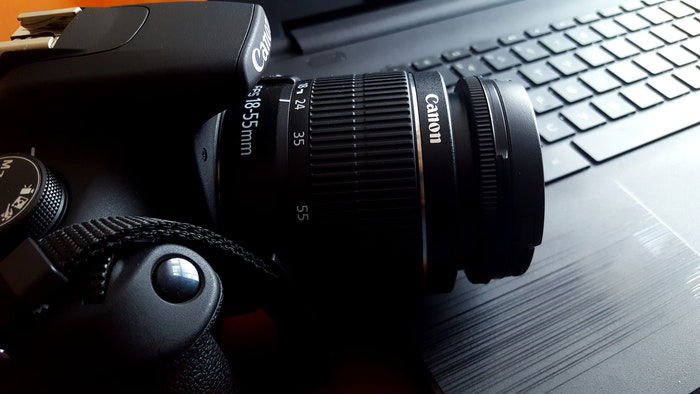
Lens calibration should be one of your priorities, especially if you’re a professional photographer. This process may not seem critical for you right now. But using lenses that don’t focus well on your camera can cost you.
Nobody will hire someone who submits a folder filled with blurry files! So get into the habit of fine-tuning your autofocus. Knowing that your lenses produce sharp images gives you confidence when you shoot. And it ensures you get the job done right!
